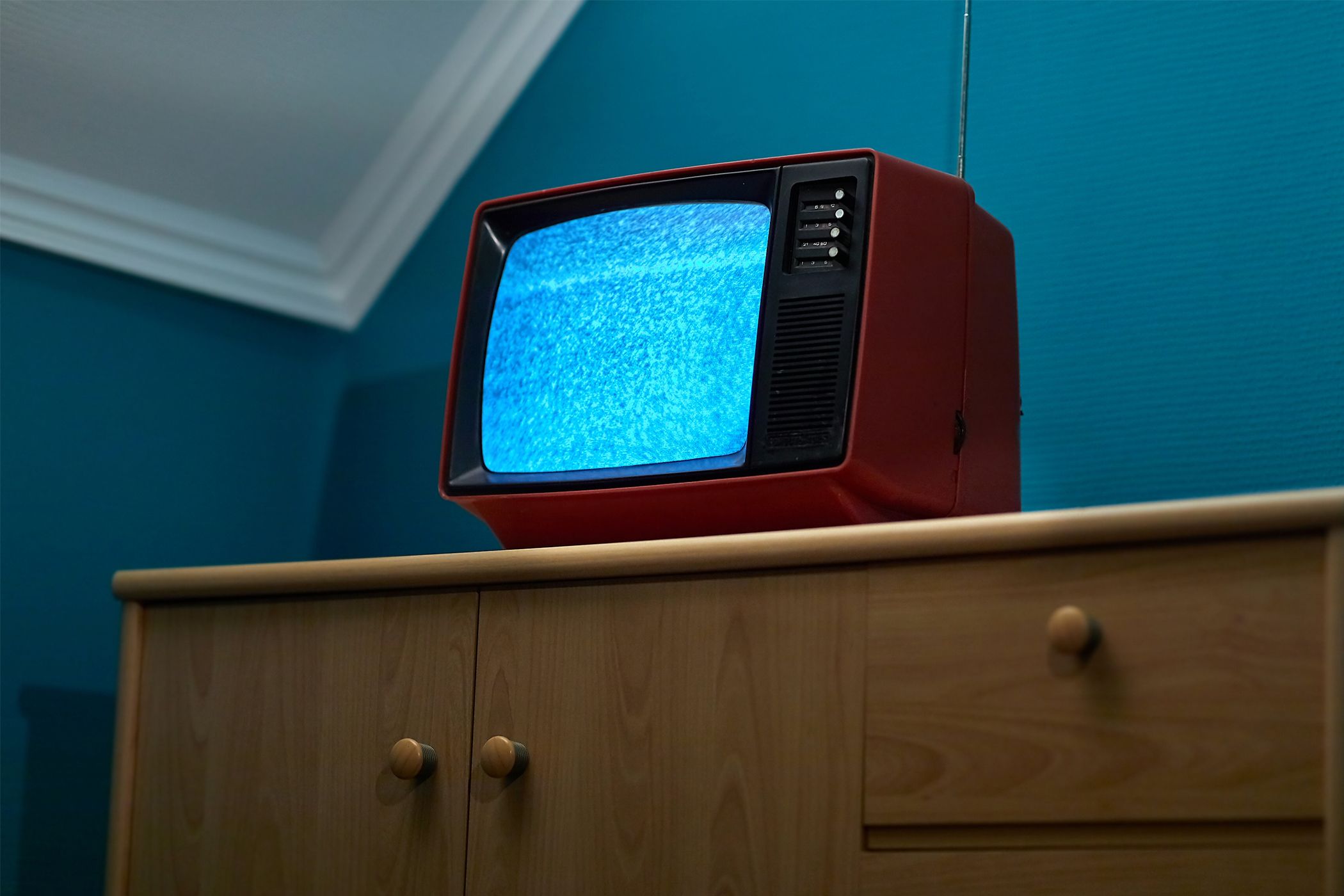Key Takeaways
- CRT screens don’t emit harmful radiation, X-rays can’t penetrate the screen due to lead shielding.
- Filters claiming to reduce radiation from CRTs were unnecessary, as no harmful radiation escaped.
Radiation is everywhere. You can’t escape it, and there’s always some background radiation we have top contend with. That’s scary, of course, because ionising radiation can make us sick in various ways. So it doesn’t help that some of the technology we have in our homes also produces radiation with potentially harmful effects.
These days people are worried about their smartphones and high-frequency radio waves such as those used in 5G networks and even Wi-Fi, but back before mobile phones were even something the average person would have, it was CRT monitors and TVs that had folks worried they’d develop their own green glow.
A Quick Recap on How Tube Screens Work
If it’s been too long, or perhaps you’re simply too young, you may not know how those old tube TVs and monitors worked. To understand why people thought they’d be catching harmful rays from them, you need the basics of how they work, but we’ll keep it short!
Essentially, high-voltage electricity is used to fire a beam of electrons across a vacuum. The beam excites phosphors on the back of a glass screen, which then emit light. The beam is scanned across the screen to draw an image line by line. It moves so quickly that it can draw (for example) thirty or sixty complete images in a single second. That’s completely different from how modern flat panels work! Which is why light-gun games only work on CRTs.
People Were Afraid CRTs Screens Would Make Them Sick
Now, the idea that CRTs (Cathode Ray Tubes) might give off harmful radiation isn’t unfounded. When those high-energy particles hit the phosphors in the screen, there’s more than just light emitted. Remember, what we call “light” is really just the visible portion of the electromagnetic spectrum, and a small percentage of the energy in the beam is converted to X-rays.
X-rays are an example of ionizing radiation. The type of radiation that can cause issues like cancer! Of course, at very low exposure levels, even X-rays aren’t really a concern for your health. However, long-term exposure can be a problem. That’s why your dentist goes into a different room when you get your mouth X-rayed. You only get zapped twice a year at your checkup, your dentist would get exposed all-day, five days a week. That can add up!
There Were Lots of Wacky “Protectors” for Sale
There was a time when I couldn’t open a computer magazine without seeing some sort of “anti-radiation filter” for CRT monitors. It wasn’t really a thing for televisions, since I guess people felt the distance from them made it a non-issue. However, you sit just a few feet from your CRT monitor, and might spend eight hours a day in that spot.
In fact, you can still buy them today from places like eBay.
These “filters” didn’t just promise to cut down on radiation (with a neat little chart), they also worked as anti-glare filters, and sometimes promised to reduce eye strain. Just like modern eye-strain reducing glasses. Though it was probably no more useful than anti-radiation stickers and Wi-Fi radiation shields.
Why This Belief Was Bunk
So was there any truth to this concern about radiation from CRTs? Were these filters actually worth buying? I can’t speak to whether they helped with glare or eye-strain, but they just weren’t necessary to reduce harmful radiation coming from a CRT.
CRT manufacturers were perfectly aware of the X-rays produced by CRT technology, which is why the glass of the tube contains (among other things) lead. This means nothing harmful can actually leave the CRT’s inside.
In a study conducted by Dr. W.M. Zuk and colleagues, this quote sums it up well.
Because of the relatively low operating voltages of VDTs the X-rays produced inside the CRT are of low energy and are not very penetrating. These X-rays are absorbed by the glass of the CRT and do not penetrate to the outside. In fact, the thickness of glass used in the CRT has much higher X-ray shielding properties than required for the voltages at which VDTs operate and is capable of absorbing X-rays of energies considerably higher than those produced in the CRT. The results of X-ray measurements confirm this statement.
So, while CRTs do produce X-rays, they are so low-energy that they can’t penetrate past the glass of the screen, and using tools that measure harmful radiation levels, it’s clear that there’s no harmful level of radiation coming from these devices.
There are still people today who use CRTs in retro computing setups, or for retro gaming on consoles. CRTs still have plenty of advantages over modern flat panels, but if you are somehow worried that using one could be bad for you, don’t be. You should wear sunblock when you go outside though, the sun really is a deadly laser.

